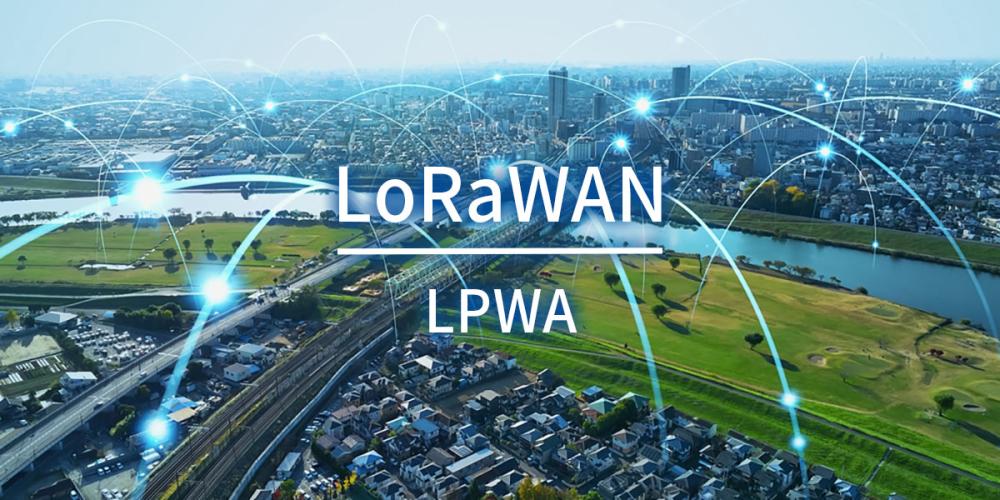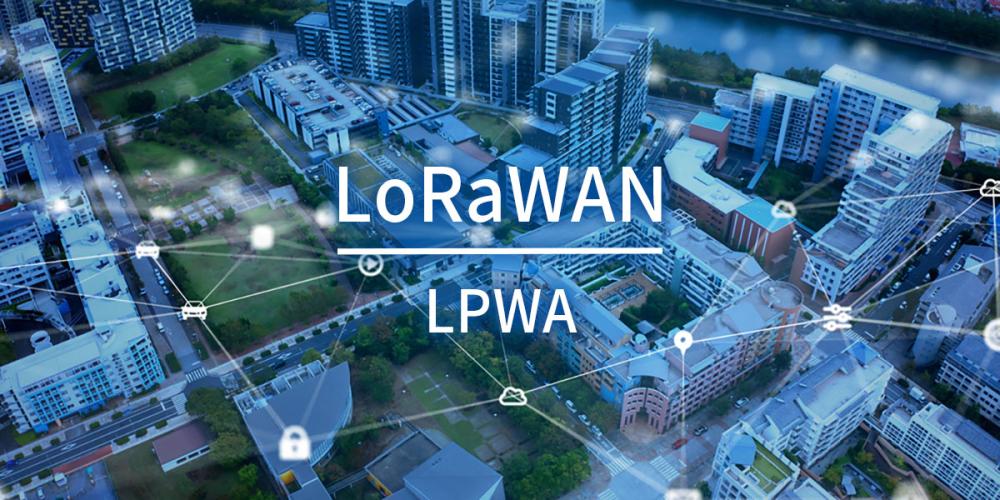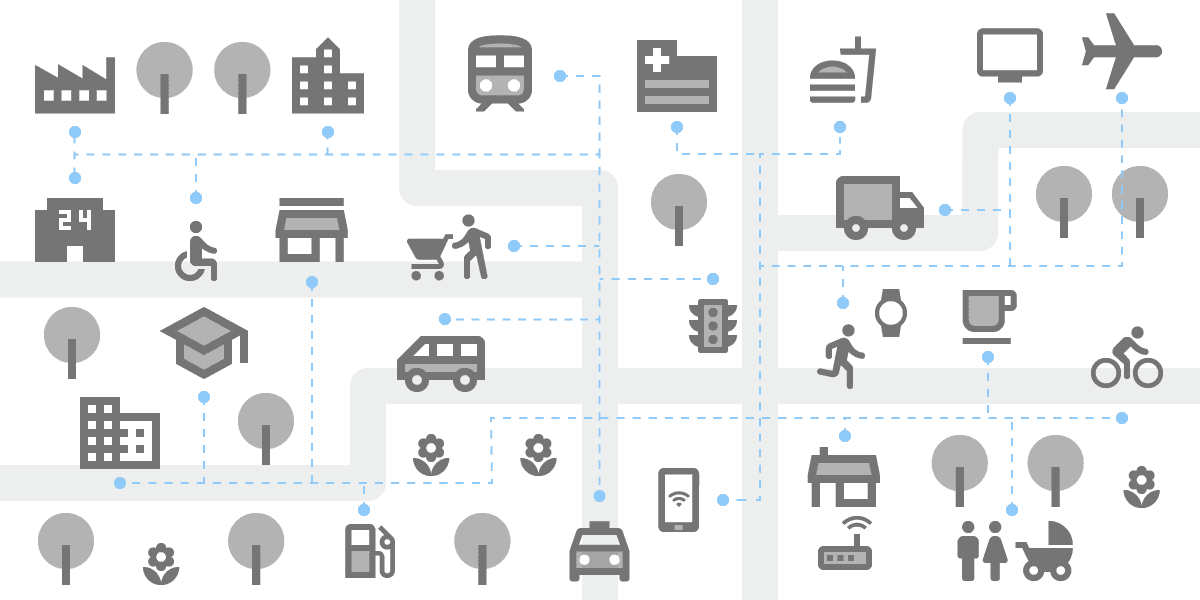LoRaWAN (Non-cellular LPWA) Primer – From Fundamentals to IoT Application Examples (2)
An introduction to LoRaWAN, a type of LPWA wireless communication featuring wide-area and long-distance communication as well as low speeds and low power consumption, which can construct networks that are not mediated by a cellular base station and do not require a radio station license.



